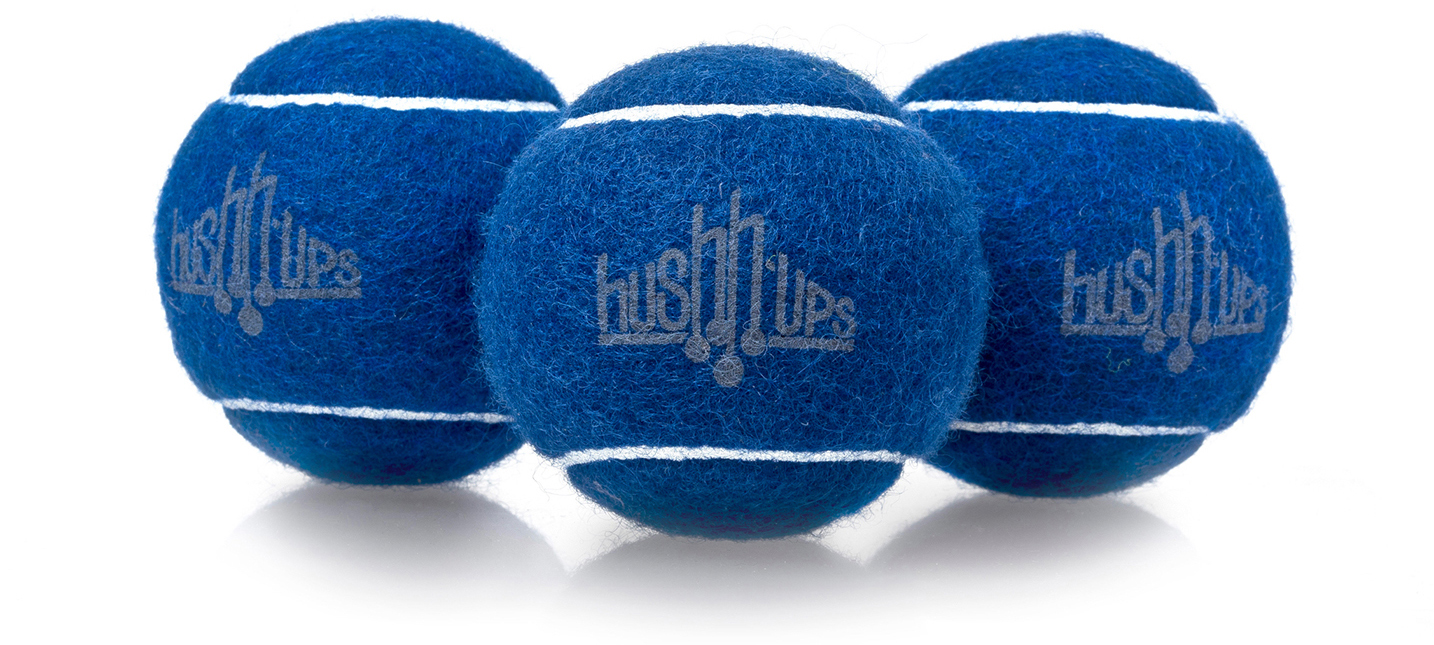Why is chair noise a problem?
Research has repeatedly linked problems with listening, reading, writing, attention and academic success to ambient noise in classrooms.

For Students
Listening, concentrating and trying to learn with background noise can be difficult for students. Classrooms today include students who face additional learning difficulties such as Hearing Impairment, Attention Deficit Disorder (ADD) and Autism Spectrum Disorder (ASD), among many others.

For Teachers
Teaching can be tiring and the added challenge of dealing with disruptive chair noise can make it even harder. Many educators experience physical and vocal fatigue from speaking at high volumes all day. Chair noise not only drains your energy but also undermines the critical learning environment you work to create.

For Parents
As a parent, ensuring your child is in a focused and supportive learning environment is key to their well-being. Children spend the better part of 12-14 years in a classroom, and the constant scraping noise of chairs can have a negative impact on them. This noise can lead to headaches, fatigue, and stress, affecting not only their health but also their mood and behaviour when they get home.
How Hushh-ups® can help
Hushh-ups® are a tried and tested solution, used by thousands of educators, health practitioners and parents.
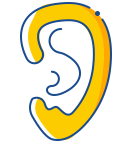
Hushh-ups® eliminate chair noise in seconds.
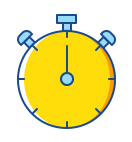
Hushh-ups® are high-quality pre-cut air-inflated tennis balls that can be easily installed in seconds!

Hushh-ups® protect floors and significantly minimize maintenance fees.
How Hushh-ups® help students with learning challenges
Hushh-ups® safely and effectively eliminate chair noise, improving focus and learning in every classroom.
Deaf and Hard of Hearing
Noise increases stress and fatigue in students with hearing difficulties, affecting their learning experience and performance.
While hearing aids amplify a teachers voice they also increase distracting background noise, making it hard to identify and understand speech.
Speech and Language Disorders
Students with speech and language difficulties in a noisy classroom have a hard time hearing and processing auditory information.
Autism Spectrum Disorder (ASD)
ASD children have trouble separating someone talking from background noise, making it hard to follow and listen to their teachers' lessons.
Studies show that up to 40% of children with ASD are negatively affected by noise sensitivity.
Attention Deficit Disorders (ADD)
Students with ADD / ADHD have an even harder time paying attention and staying focused when in a noisy classroom.
Learning Disabilities
Children with learning disabilities have a hard time processing information and experience further challenges when in a noisy classroom.
Reading delays of one year or greater in elementary aged children can be attributed to classroom noise alone.
English as a Second Language
Excessive noise drowns out a teacher's voice, making it difficult for those who are not being taught in their first language to understand words.
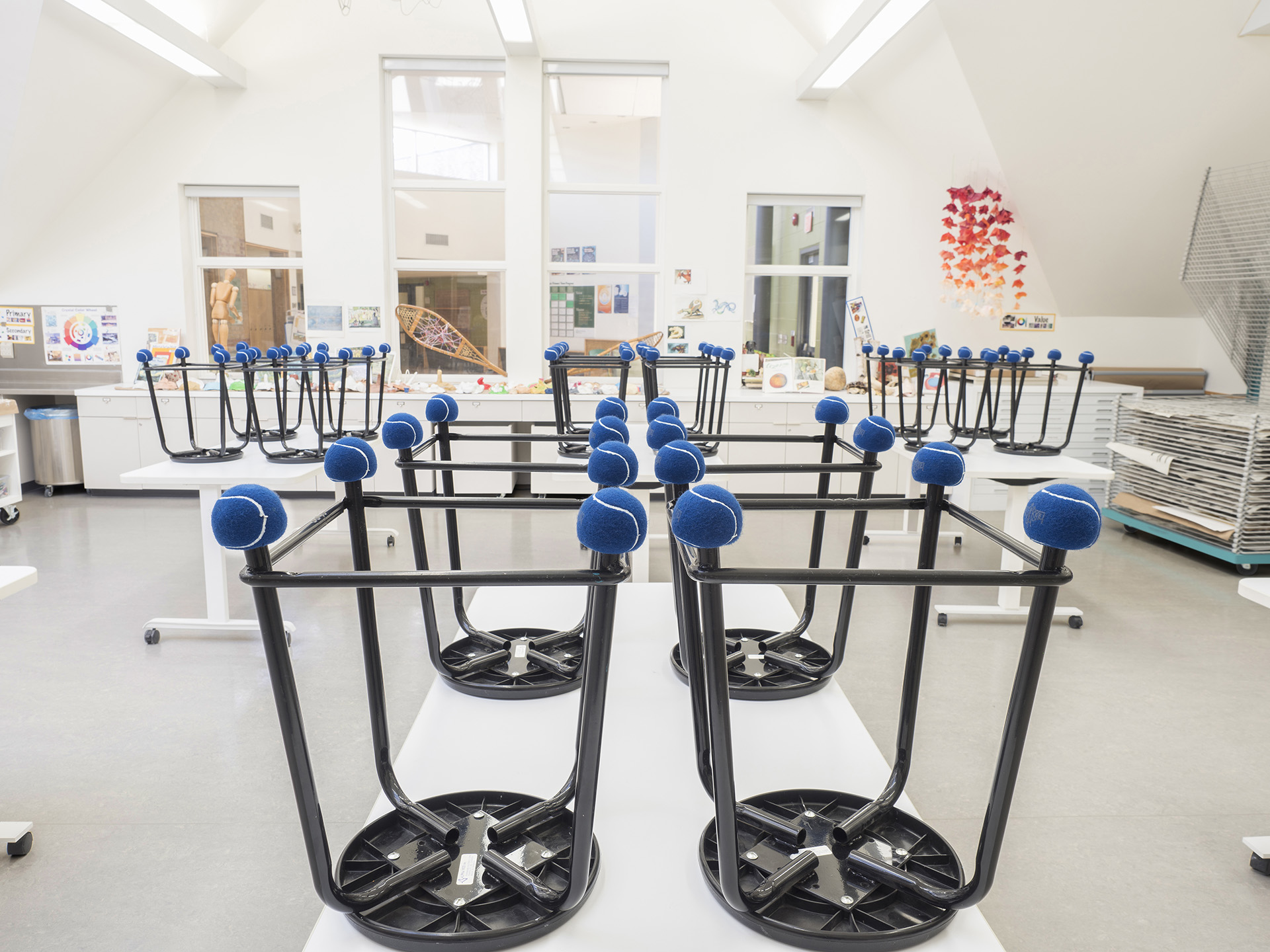
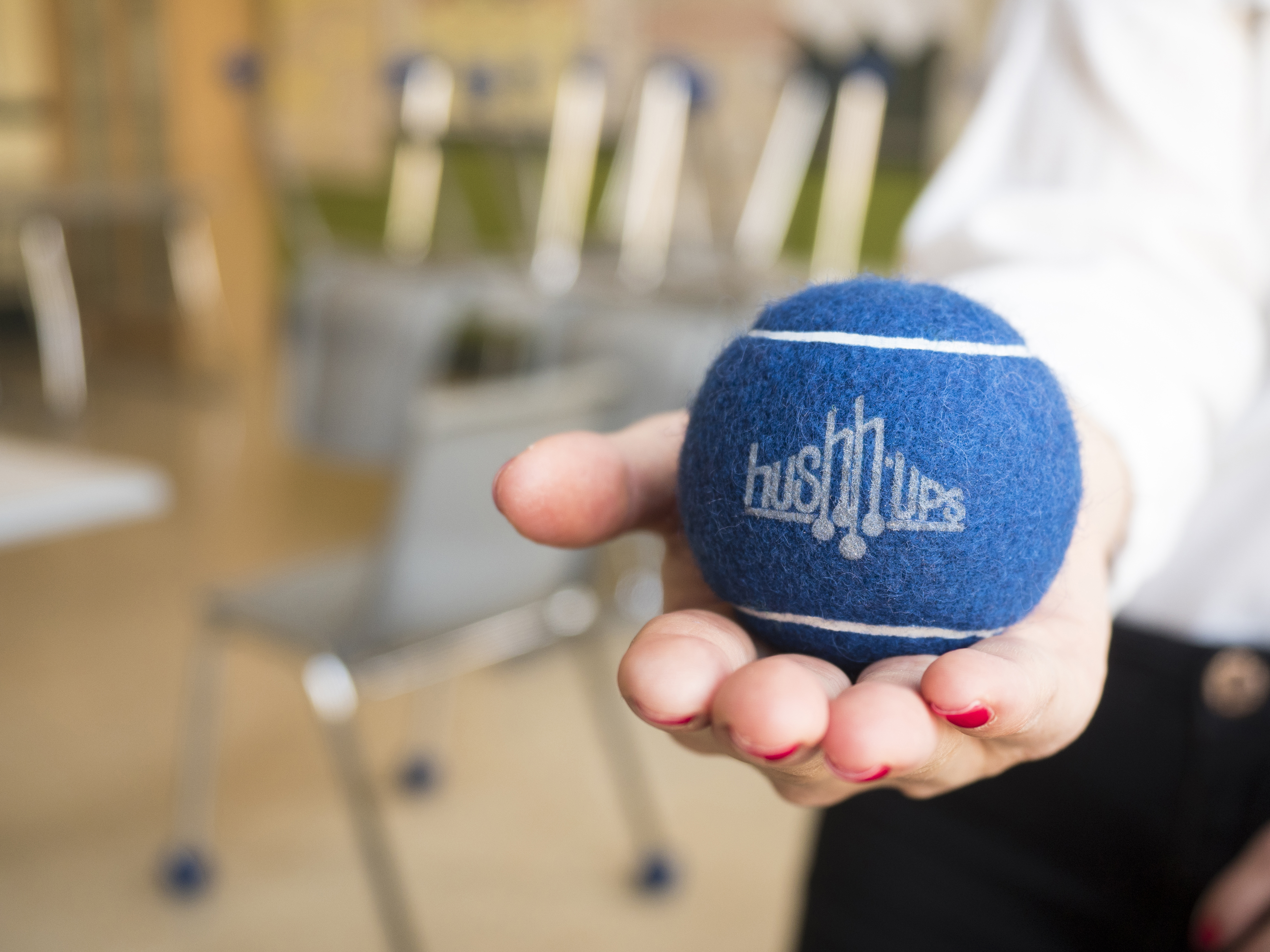
Hear it from our customers
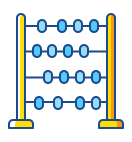
“The reduction of noise in the classroom, that Hushh-ups® provides, is an easy, simple, necessary addition to EVERY classroom for every child.”
Haley Retired TDHH, Massachusetts

“I find that Hushh-ups® are the only product that truly removes noise from the classroom by completely eliminating the scraping sound created by the movement of students’ chairs.”
D. Anderson grade 1 teacher, Ontario

“A poor acoustic environment compromises everyone’s learning potential – and lack of academic success undermines self-esteem and self-confidence. Hushh-ups® significantly reduce background noise levels and increase the opportunity for each student to learn.”
C. Perry, Provincial Supervisor for Hearing Education and Auditory Resources



